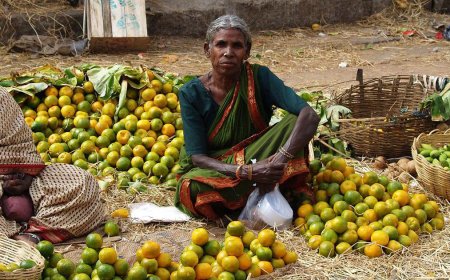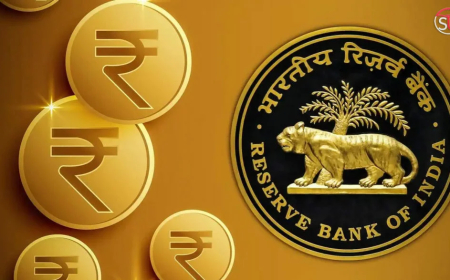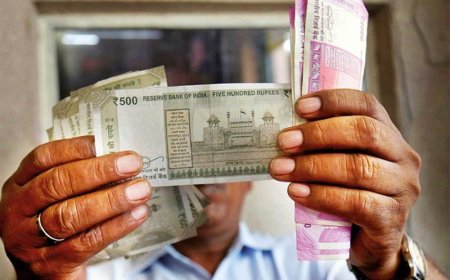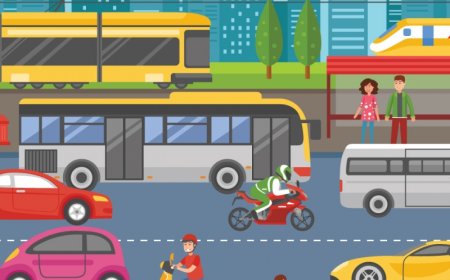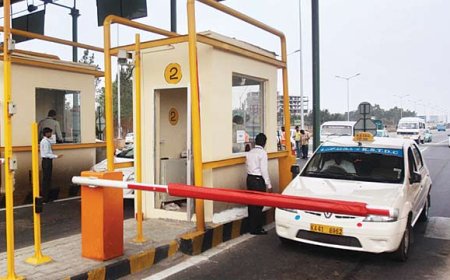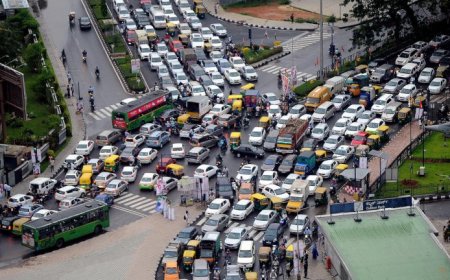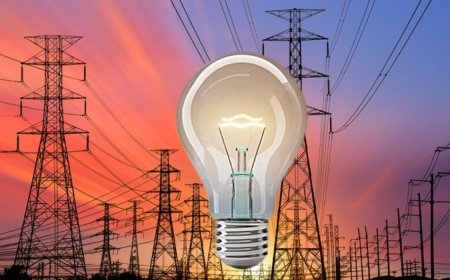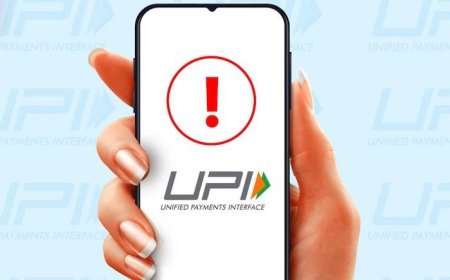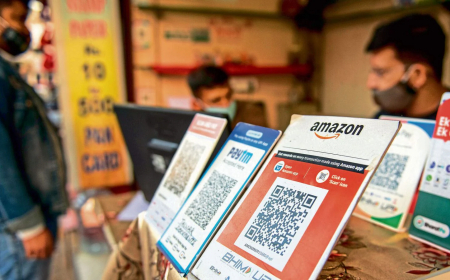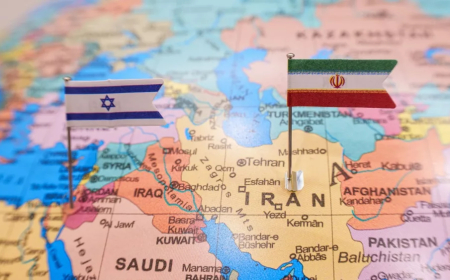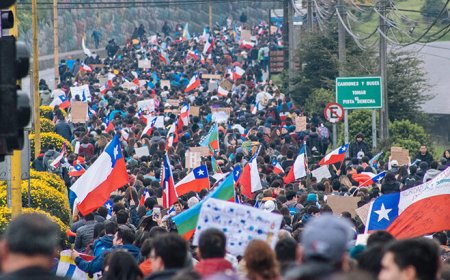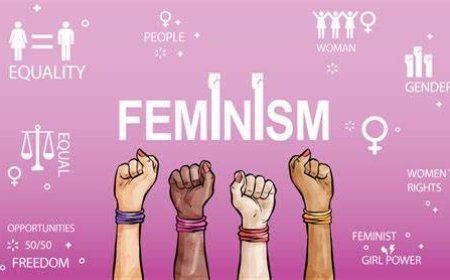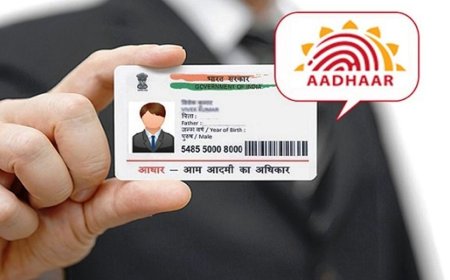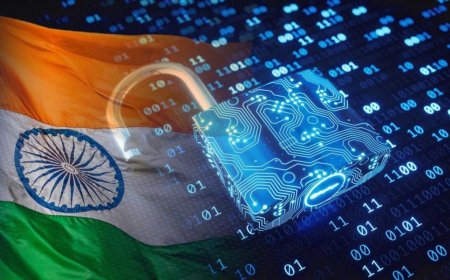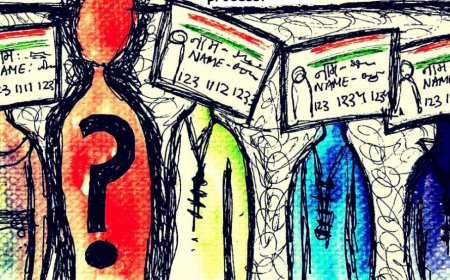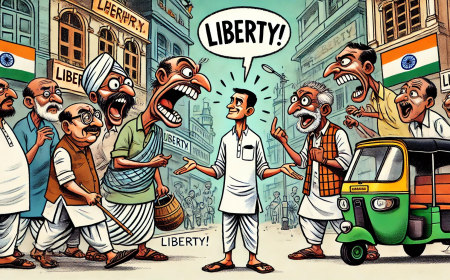‘Cashless India’ or Just ‘Trackable India’? The Hidden Costs of Digital Payments
While UPI and digital payments are convenient, they come at a cost—total financial surveillance. With CBDCs on the horizon, should Indians be worried about government control over their money?
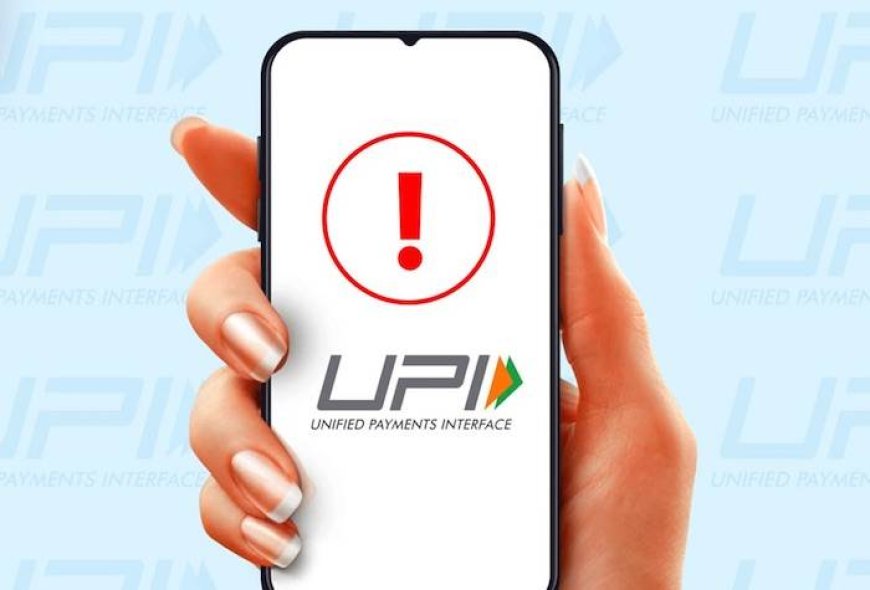
Introduction: The Cashless Dream or a Digital Trap?
India’s rapid shift toward a cashless economy has been hailed as a financial revolution. From UPI transactions to digital wallets, paying with cash is becoming rare, even in small towns and villages.
The government and fintech giants claim this transformation is about efficiency, security, and ease of use. But here’s the real question:
Is ‘Cashless India’ about making payments easier, or is it about making them more trackable?
With the introduction of CBDCs (Central Bank Digital Currencies), rising GST enforcement, and growing government data collection, digital transactions may come at a hidden cost—your financial privacy and economic freedom.
Why India Pushed for Digital Payments
The rise of digital payments in India can be traced back to three major events:
- Demonetization (2016): The sudden ban on ₹500 and ₹1,000 notes forced people to shift to digital transactions.
- UPI Boom (2016-Present): India’s Unified Payments Interface (UPI) made instant bank transfers easier, reducing dependency on cash.
- COVID-19 (2020): The pandemic further accelerated digital adoption, as contactless payments became the norm.
The government pitched cashless transactions as a way to curb black money, improve tax compliance, and modernize the economy. But was that the real intention?
The Hidden Costs of a Cashless Economy
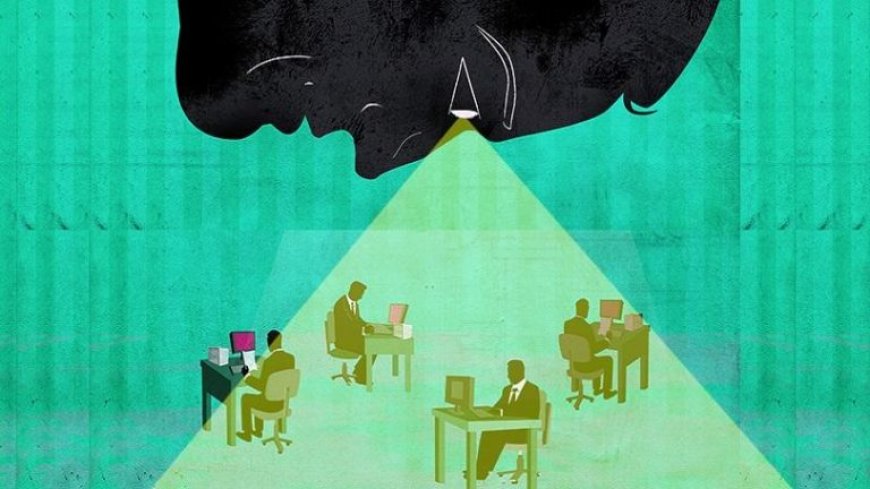
1. Every Transaction is Monitored and Taxed
In a 100% digital economy, every transaction leaves a footprint. Unlike cash, which offers privacy, digital payments mean:
- Every rupee spent is recorded by banks, payment apps, and the government.
- The tax department can track and question every major transaction.
- More control over how people use their money.
Example: A small business owner who earns in cash can manage expenses flexibly. But with forced digital payments, every rupee is taxable, increasing their financial burden.
The government has already tightened GST enforcement using digital payment records. Imagine the impact when CBDCs completely replace cash.
2. The Threat of Central Bank Digital Currencies (CBDCs)

India’s Digital Rupee (CBDC), introduced by the RBI, takes surveillance to another level. Unlike cryptocurrency (which is decentralized), a CBDC is fully controlled by the government and allows:
✔ Real-time tracking of all transactions
✔ Programmable money (spending restrictions, expiration dates, etc.)
✔ Negative interest rates (forcing people to spend instead of saving)
This level of control could mean:
- The government can freeze accounts instantly (for tax defaults, protests, or “misuse” of funds).
- Spending can be restricted to certain sectors (e.g., subsidies only being usable at government-approved stores).
- Automatic taxation without consent.
While UPI is bank-based, a CBDC would cut banks out completely—the RBI could control all money directly, making cashless mandatory instead of optional.
3. Financial Censorship is Real
Already, we’ve seen cases where:
- Donations to certain causes are blocked by payment processors.
- Bank accounts of activists and journalists have been frozen without court orders.
- Businesses operating in "controversial" industries (crypto, gambling, certain media) face banking restrictions.
With cash, individuals have economic autonomy. With full digital control, the government or financial institutions can de-platform anyone.
Example: China’s digital yuan allows authorities to track, control, and block transactions of individuals without needing legal procedures. Will India follow the same path?
4. Cybersecurity Risks & Bank Failures
Digital payments aren’t just trackable—they’re hackable.
- India has already seen massive data leaks from Aadhaar, UPI apps, and banking systems.
- In case of bank failures, cyberattacks, or power outages, people lose access to their own money.
- Technical glitches in digital payment systems can lock people out of transactions for hours or even days.
In contrast, cash is unhackable. You don’t need internet, electricity, or permission from a bank to use it.
Who Benefits from a Cashless India?

Not the common man. The biggest winners are:
✔ Governments (higher tax collection, complete control over financial activity)
✔ Banks & Payment Companies (processing fees, data monetization)
✔ Big Tech & AI Algorithms (tracking purchase patterns for targeted ads)
For individuals, businesses, and small traders, cash offers flexibility and privacy that digital payments simply don’t.
Is a Free Market Solution Possible?
Yes. Instead of a forced cashless system, India should:
✔ Allow coexistence of cash and digital transactions without penalties.
✔ Ensure financial privacy laws to prevent government overreach.
✔ Promote decentralized currencies like Bitcoin instead of CBDCs.
✔ Stop forcing digital adoption through tax penalties and bans.
A cashless economy should be a choice, not a mandate.
Conclusion: Digital Convenience or Digital Prison?
The idea of a cashless India has been sold as progress, but the hidden reality is financial surveillance, taxation, and control.
With CBDCs and expanding UPI reach, the government could track, restrict, and tax every transaction. India is at a crossroads—will we embrace financial freedom, or will we allow our economy to be completely monitored and controlled?
The future isn’t just cashless—it’s trackable. The question is: Are we ready for that level of control?
What's Your Reaction?













